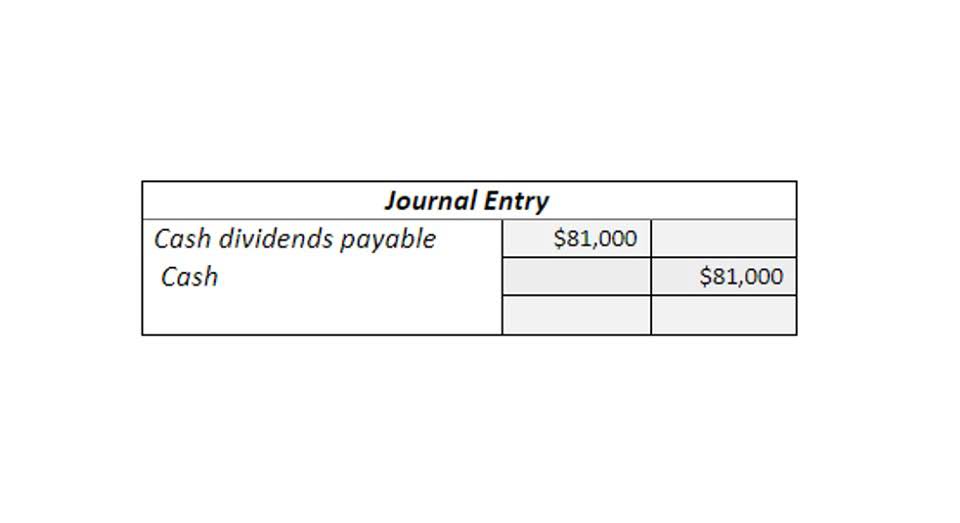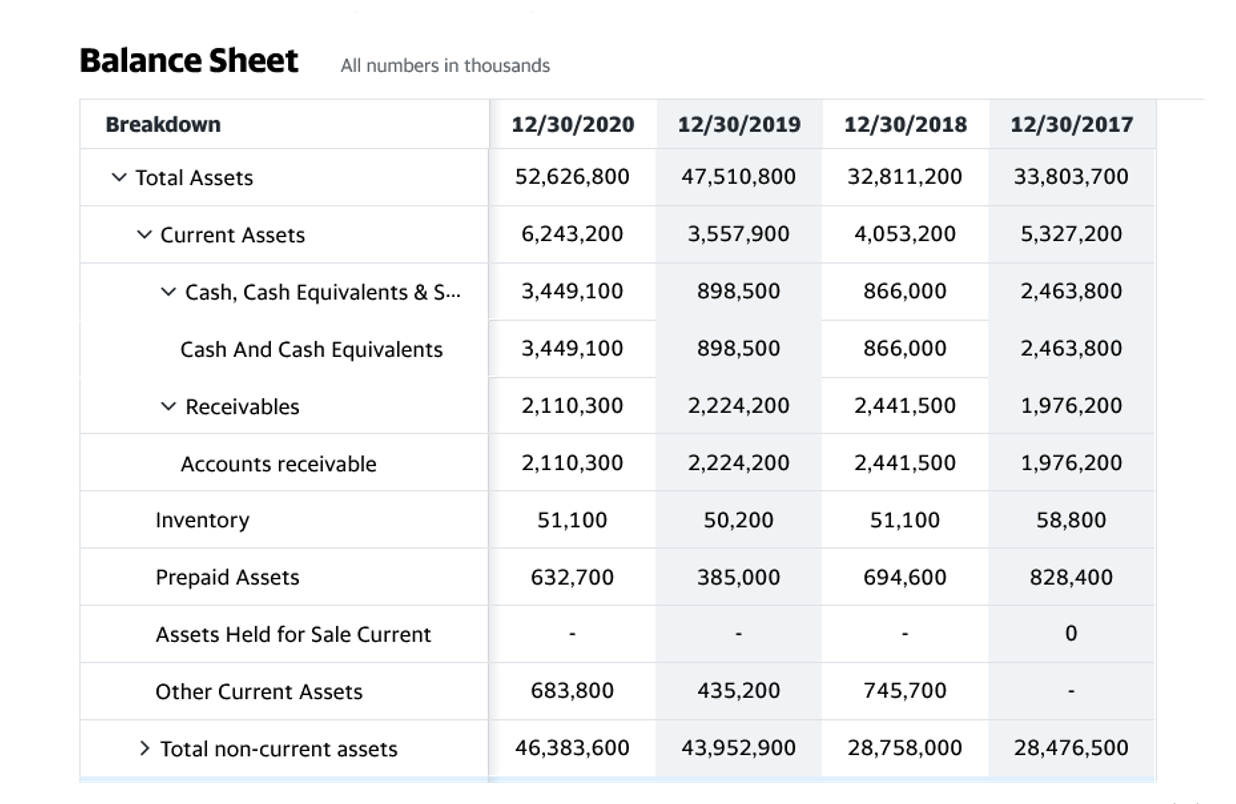
Your marginal cost is the cost you (or your business) will incur income summary if you produce additional units of a product or service.1 X Research source v161791_b01. You may also hear marginal cost referred to as “cost of the last unit.” You need to know marginal cost to maximize your profits. To calculate marginal cost, divide the change in cost by the change in quantity of the particular product or service.
Pricing strategy
- Analysing cost fluctuations based on varying output scenarios aids in pinpointing this moment.
- It is highly useful to decision-making in that it allows firms to understand what level of production will allow them to have economies of scale.
- This concept of efficiency through production is reflected through marginal cost, the incremental cost to produce units.
- Fixed costs are expenses that remain constant, regardless of the production level or the number of goods produced.
- We will be finding the marginal cost by observing the changes in the total cost and in the output produced.
Knowing the cost of producing an additional unit can help determine the minimum price Bookkeeping for Veterinarians to cover this cost and remain profitable. On the other hand, variable costs fluctuate directly with the level of production. As production increases, these costs rise; as production decreases, so do variable costs. When creating budgets, knowing your marginal costs helps in forecasting and financial planning.
Limitations of Marginal Cost Calculation
Whether you are a beginner or looking to advance your Accounting and Finance skills, The Knowledge Academy’s diverse courses and informative blogs have got you covered. Keeping track of Marginal Costs and revenue enables managers to address declining consumer demand below the level of Marginal Cost. We put together a list of the best, most profitable small business ideas for entrepreneurs to pursue in 2025. Gia Mezz was tired of seeing fast fashion on the rise — so she launched her own business. It can be an essential metric when comparing companies within the same industry and evaluating potential investment opportunities. The answers to these questions significantly influence a company’s financial health and competitive edge.
- From optimizing production levels to improving pricing strategies, understanding marginal cost helps you identify the most efficient use of your resources.
- We put together a list of the best, most profitable small business ideas for entrepreneurs to pursue in 2025.
- Knowing this formula is essential in learning how to calculate marginal cost.
- On the other hand, the average cost is the total cost of manufacturing divided by the total units produced.
- To calculate marginal cost, divide the change in production costs by the change in quantity.
- It assists companies in finding the optimal production level and balancing Marginal Cost and Marginal Revenue to maximise profit without incurring unnecessary fixed cost increases.
Pricing Strategy

Yet, if the Marginal Cost increases, it might be how to calculate marginal cost prudent to keep production levels steady or decrease them or think about raising prices to expand production. Performing a marginal cost analysis allows your company to maximize profits by ensuring you produce enough products to meet demand without overproducing. It also helps you price products high enough to cover your total cost of production.

This metric provides critical insights into how much a company’s total cost would change if the production volume increased or decreased. From optimizing production levels to improving pricing strategies, understanding marginal cost helps you identify the most efficient use of your resources. During the manufacturing process, a company may become more or less efficient as additional units are produced. This concept of efficiency through production is reflected through marginal cost, the incremental cost to produce units. Marginal cost is calculated by dividing the change in costs by the change in quantity.
- The formula relies on the accurate allocation of fixed and variable costs to each product line, but overhead allocation is often at the discretion of management.
- Marginal Cost refers to the extra expense incurred for producing an additional unit of a product or service.
- Remember, while the basic calculation is simple, the true value lies in interpreting the results and applying them to your specific situation.
- Marginal cost is the change in the total cost of production by producing one additional unit of output.
- Marginal costs are the increase or decrease in total costs resulting from one extra unit of production, and they can include both fixed and variable costs.
- Assuming the marginal cost of production of one more unit is lower than the price of that good per unit, then producing more of that good will be profitable.
- The solution can be found in Marginal Cost, which is the cost of making one extra unit.
Marginal Cost Examples
For example, suppose that a factory is currently producing 5,000 units and wishes to increase its production to 10,000 units. Marginal cost is the additional cost that an entity incurs to produce one extra unit of output. In other words, it is the change in the total production cost with the change in producing one extra unit of output. Let us learn more about the marginal cost along with its formula in this article. The marginal cost curve demonstrates that marginal cost is relatively high with low production levels, declines as production increases, reaches a minimum point, then rises again. Marginal cost is the increase or decrease in the cost of producing one additional unit of output.

The change in the quantity of units is the difference between the number of units produced at two varying levels of production. Marginal cost strives to be based on a per-unit assumption, so the formula should be used when it is possible for a single additional unit to be produced. Marginal Cost examples showcase how changes in production levels impact costs, helping businesses optimise pricing and output strategies. It is assumed in the Marginal Cost formula that fixed costs can be easily distinguished from variable costs, although this is often difficult. An example would be if employees on salary (fixed cost) end up receiving overtime wages (variable cost).

 English
English
Bài viết liên quan